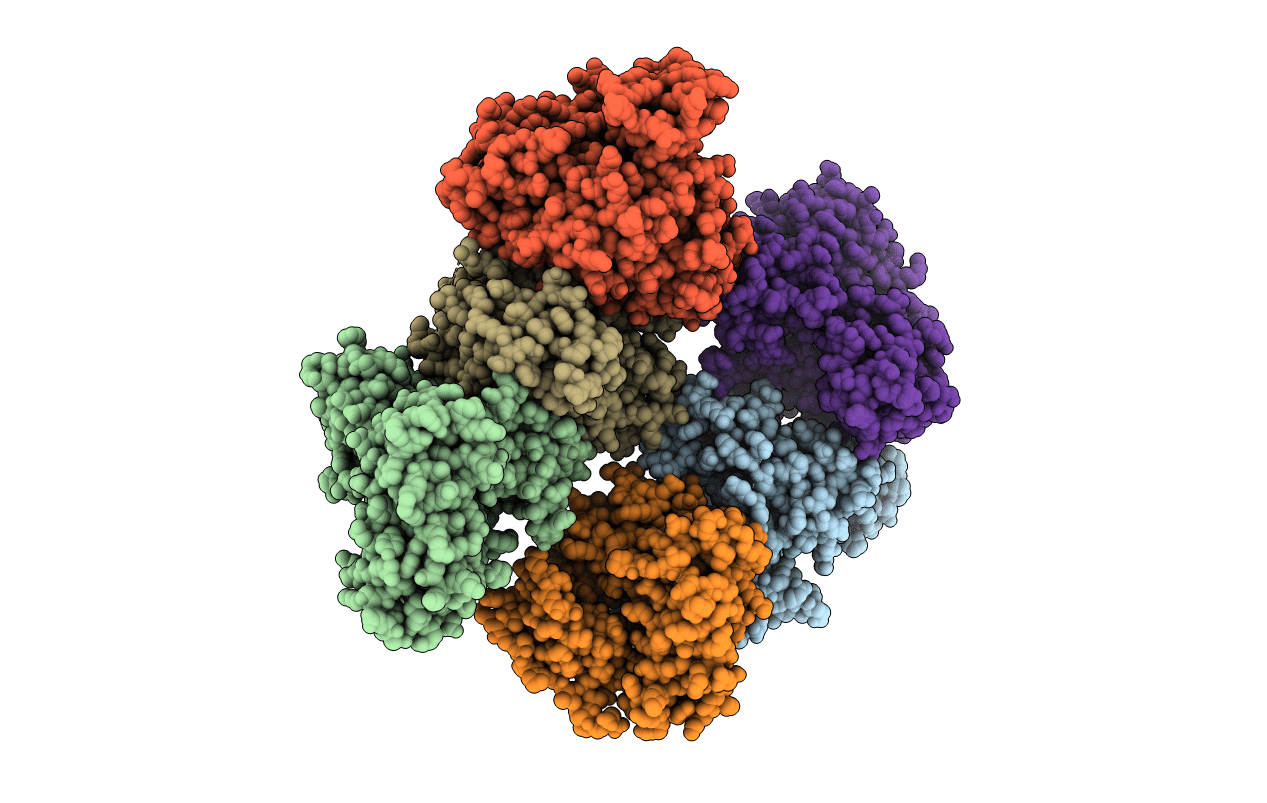
Deposition Date
2010-12-08
Release Date
2012-01-18
Last Version Date
2023-12-20
Method Details:
Experimental Method:
Resolution:
2.67 Å
R-Value Free:
0.26
R-Value Work:
0.21
R-Value Observed:
0.22
Space Group:
C 2 2 21


